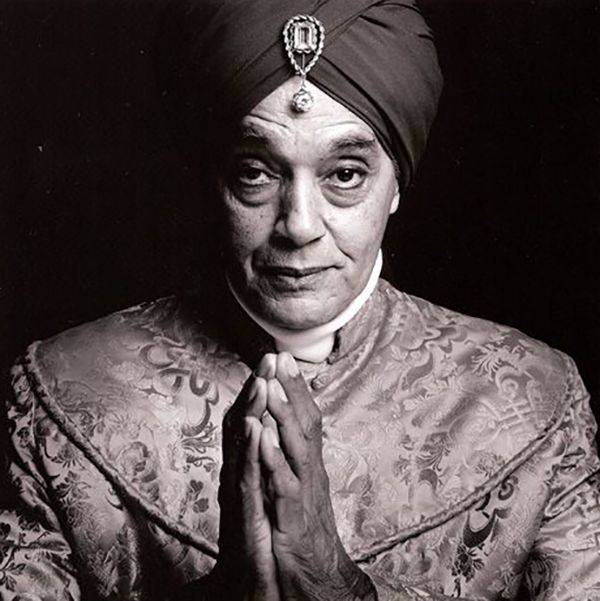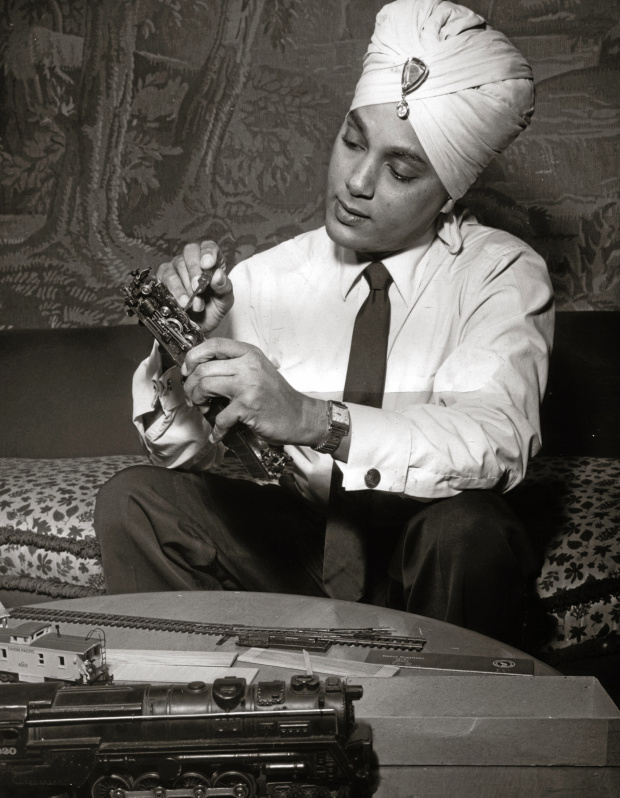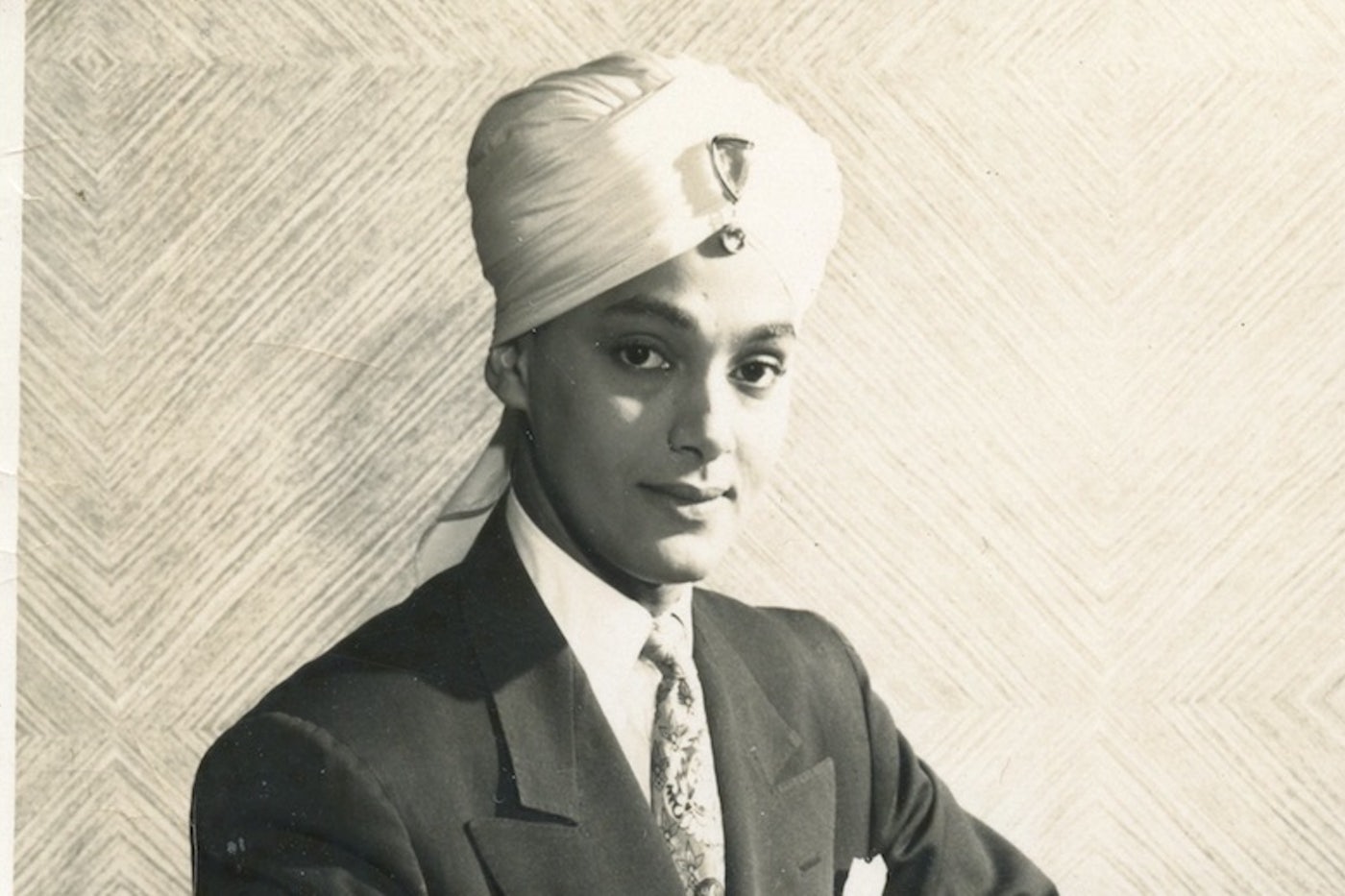When examining the racial passing in America, author of “A Chosen Exile” and Stanford University assistant professor of history, Alyson Hobbs, said that the couple both realised that passing as Korla Pandit presented an opportunity for John Roland Redd to achieve a level of popularity that he could not have achieved as an African American man at the time.
Korla Pandit signed with Louis Snader, a Television producer and California theatre owner in 1951, whose telescriptions catapulted Korla Pandit into national fame. Louis Snyder replaced Korla with yet another eccentric pianist with a secret–Liberace–following a contract dispute in 1953. Liberace made use of the same sets and was credited for breaking the wall and staring into the camera. Korla Pandit felt like Liberace had stolen his soul.
In 1956, Korla Pandit traveled north to San Francisco for another gig. There, he recorded thirteen albums with fantasy records, with the roster including Lenny Bruce, Chet Baker, and David Brubeck. According to Turner, what Kolar Pandit was doing in transforming himself wasn’t out of the ordinary by the music industry or Hollywood’s standards. During this time anybody could become anybody.
The documentary shows us just how fluid identity was in the 1950s. It was very common for people to pass to be someone else for survival. Passing oneself as someone else allowed African-Americans to do things that they were not allowed to do as blacks. In doing so, they had to bear huge losses. One of the major losses was that it separated them from their family since they now inhabited an entirely new life. Although the Redd’s had a unique understanding of the challenges of passing oneself, they felt that John Roland Redd was authentic and remained close to him.
In the 1960s, Korla Pandit’s career started on a downward trajectory path. He was relegated to teaching piano, occasionally attending speaking events as a spiritualist, playing in pizza palaces, and supermarkets. Towards the end of his life in the 1990s, the Tiki-lounge musical
In many ways, the film is not about Korla Pandit’s deception or false story. These are little matters compared to what a musical genius Korla Pandit really was. If you plan on being on the stage in the spotlight, you’ve got to be more exciting than the person on the street, and that’s what Korla Pandit managed to pull off. So, if you are interested in learning about what passing was like in the mid-1900s, when entry to certain establishments was restricted based on ancestry, or would just like to learn the story of a musical genius, then this film is for you.…
Continue Reading

